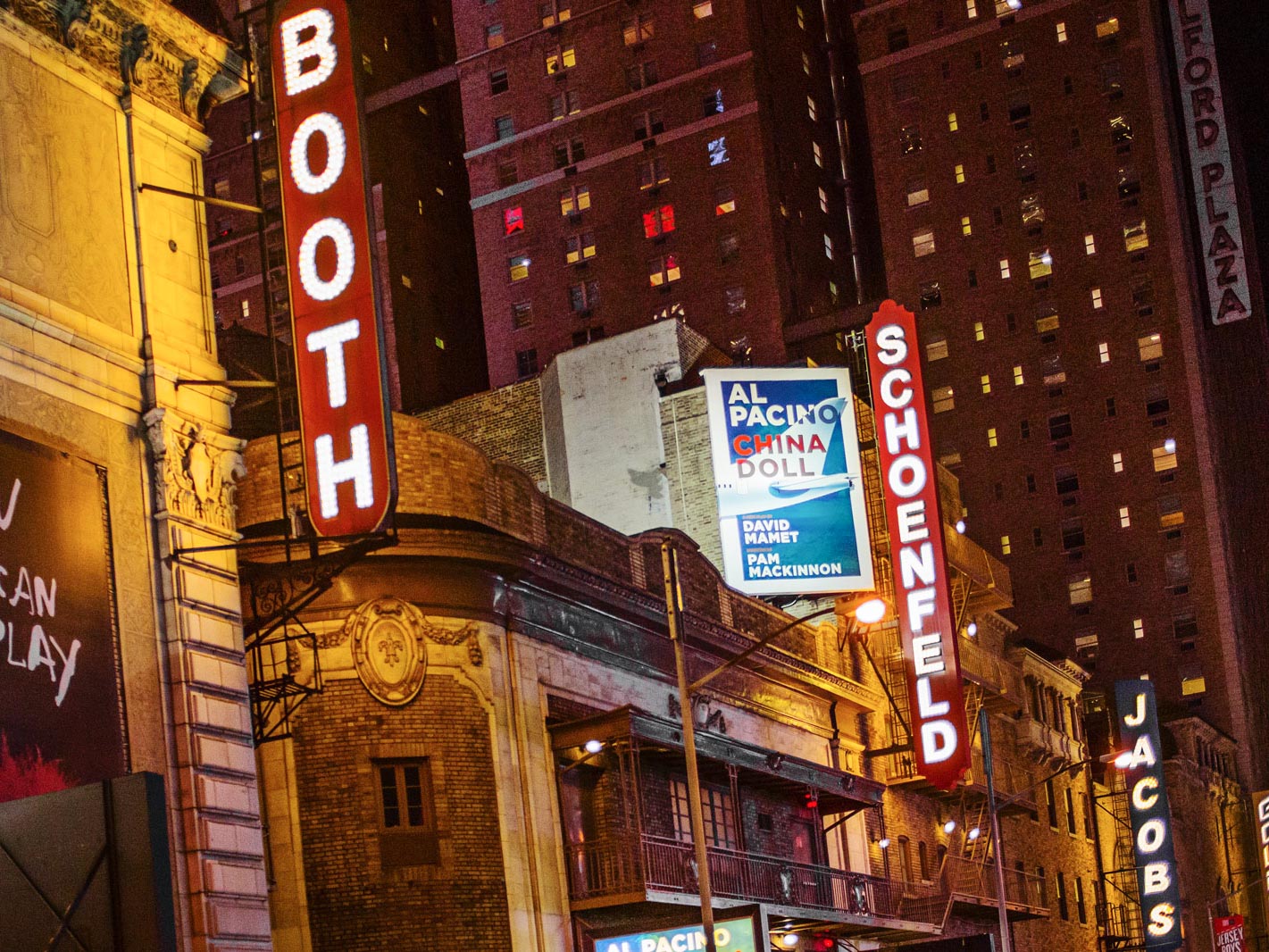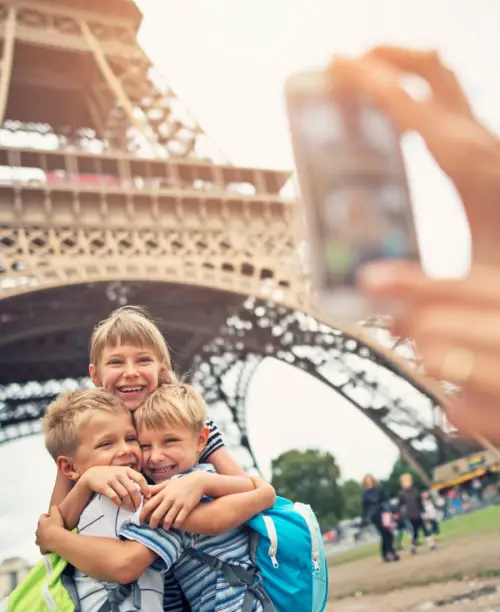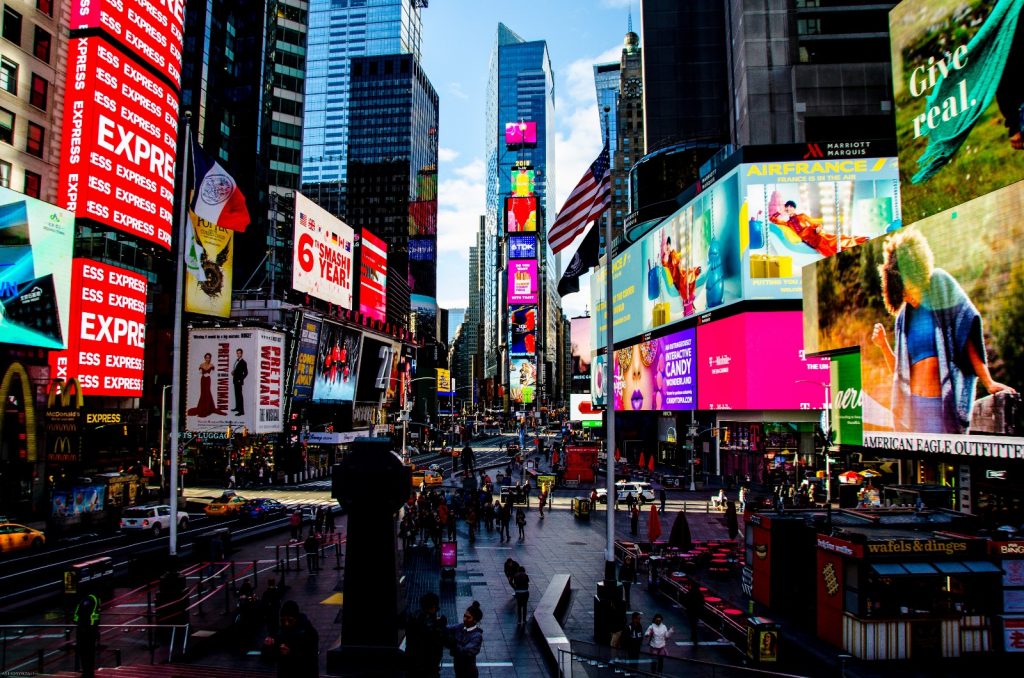
Times Square is often called the “crossroads of the world,” and with good reason. At 300,000 visitors every day (and around a million on New Year’s Eve), it’s one of the most popular tourist destinations in the world. Located in Midtown — the geographical heart of Manhattan — the lights of Times Square are so bright they can be seen from space.
All of that energy is palpable, and it sometimes feels like New York City gets its mojo from all the action in Times Square. The lights, the shopping, the characters, and the marquees of Broadway all come to a head in the five blocks that stretch from 42nd Street to 47th Street.
All of that activity can be overwhelming. On my first trip to NYC in the 10th grade, I came home thinking I’d never be able to cut it in New York because Times Square intimidated me so much. Now I’ve been living here for seven years, and I go to Times Square almost every day. Once I learned my way around, I went from a timid newbie to a tour-leading Times Square expert on our Broadway and Times Square walking tour.
Read on for tips on how you, too, can navigate the Center of the Universe in the City that Never Sleeps.
A Brief History of Times Square
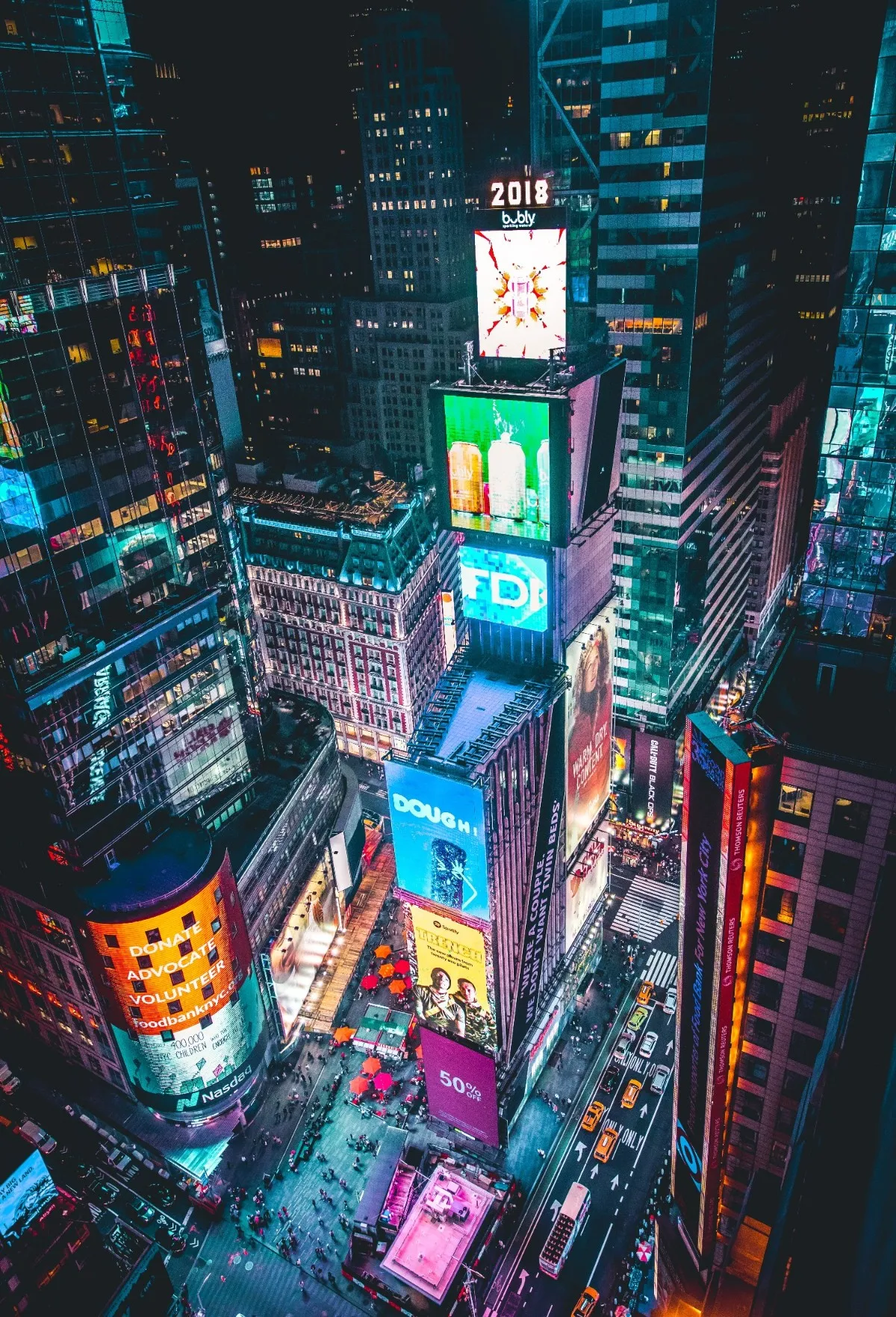
The Early Days
Like a lot of stories in New York City, this one starts with the Vanderbilt family. William K. Vanderbilt, grandson of Cornelius Vanderbilt (who established the predecessor to the Staten Island Ferry), used to run a horse exchange in the 1890s on 50th Street in what is now the Winter Garden Theater. Back then, horses were so popular in this area that the district was called Longacre Square, which is a direct nod to the horse-trading district of the same name in London.
In 1904, two things happened that would transform New York City forever: The first version of the subway system opened, and the New York Times moved into its headquarters on 42nd Street. More than 10 subway lines converge underneath Times Square, making it one of the most accessible areas in the entire city. Some shrewd real estate investors were paying attention and began to make some moves.
Downtown Manhattan was transforming at the same time. Because of shipping and port access, downtown was becoming more industrial, which pushed all of the theaters and restaurants farther north, towards a brand new Times Square. For the next few decades, Times Square was rocking and rolling.
Times Square Hits Hard Times
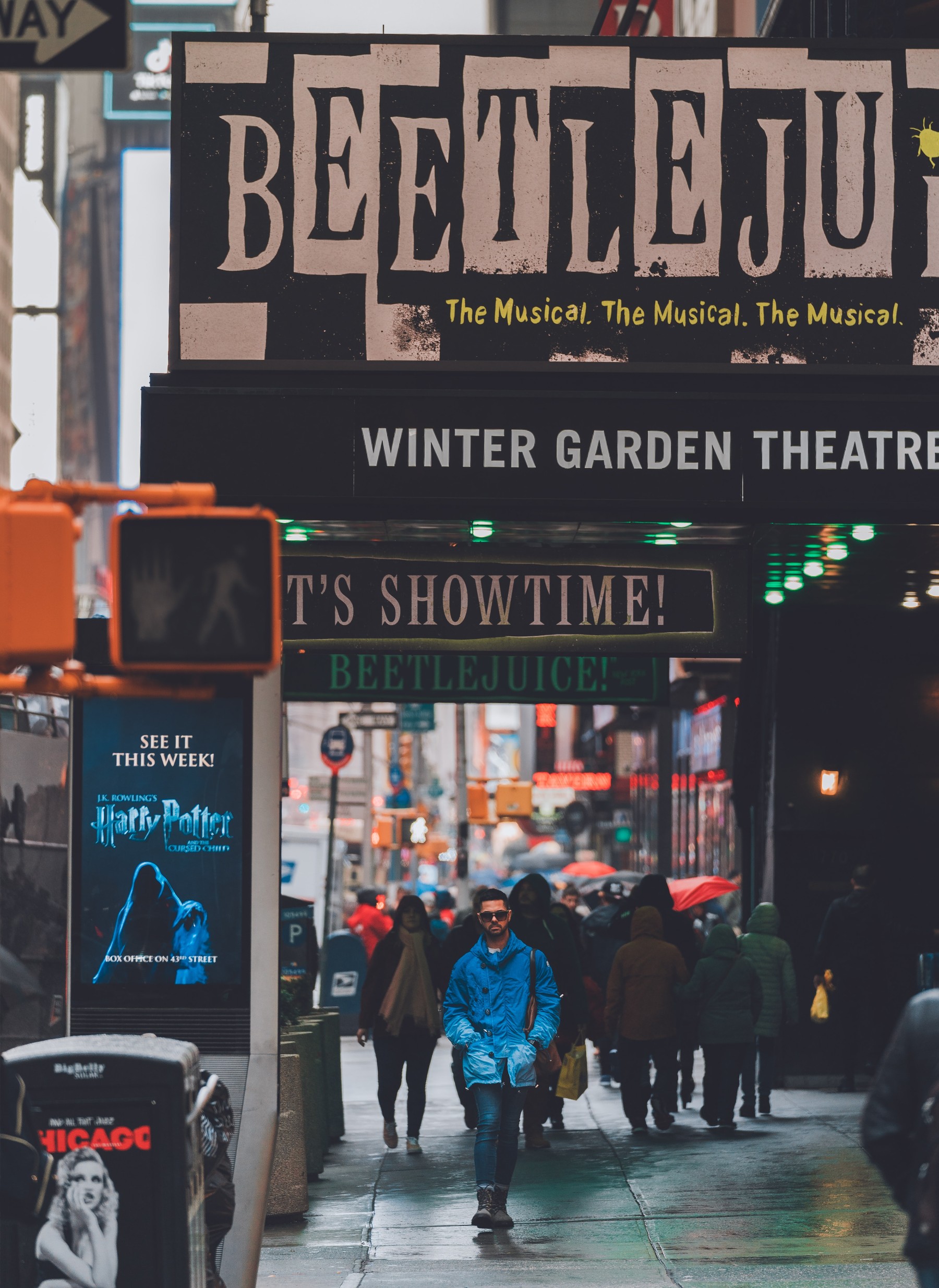
The good times stopped when the Great Depression hit in 1929, and financial difficulties made it almost impossible for theaters and other forms of entertainment to survive. People were looking for cheaper activities, which is how Times Square began to devolve into the crime-heavy place you may have heard of in the 1970s and 1980s. Empty theaters transformed into radio stations, TV studios, and some shady establishments with bad reputations. The proximity to tunnels, highways, and the bus stations made Times Square the first stop for vagrants from out of town.
Times Square Gets a Makeover
In the 1990s and early 2000s, New York City’s mayors decided they’d had enough. They began to crack down on crime to make Times Square safer. Then Disney opened their hit Broadway version of “The Lion King” in 1997 (still running today) and decided they needed to make Times Square more family friendly for their kid-oriented shows.
Broadway producers partnered with the city and real estate developers to knock down illicit establishments, produce more family shows, and begin transforming Times Square into not only one of the most popular but one of the safest areas in NYC.
What to See and Do in Times Square
Broadway, Broadway, Broadway
You can’t turn your head in Times Square without seeing a billboard or marquee for a Broadway show, and you can read all about them in our behind-the-scenes Broadway guide.
Broadway is definitely one of, if not the most popular thing to do here. So popular, in fact, that all the Broadway shows make more money than all of the sports teams in New York combined. That probably makes them one of the most popular attractions in the world, and you can only do it in New York City.
There are currently 41 theaters in Times Square, each one offering a different play or musical waiting to entertain you with the best actors and artists in the world. It’s a one-of-a-kind experience, and an absolute must for any trip to New York City.
Read my other blog linked above for tips on which shows to see and how to get cheap tickets.
Shopping and Attraction Hopping
Times Square is also home to some of the quirkiest stores and attractions in the world, geared towards people of all ages.
For anyone with an insatiable sweet tooth, the M&M’s store and Hershey’s Chocolate World offer more candy than you could eat in a lifetime. Swing into the M&M’s store to print customized candies with your name on them, available in more than 15 different colors. Pop into Hershey’s Chocolate World to customize your own Hershey bar or grab a made-to-order s’more. The world-famous Disney Store in Times Square offers the newest official Disney merch from your favorite movies and Broadway shows and entertains kiddos with interactive displays.
There are plenty of attractions, too. Ripley’s Believe it or Not collects the world’s weirdest and oddest artifacts under one roof. Wander the halls and be mesmerized by the world’s tallest man, an authentic shrunken head, or other unbelievable relics. And of course, a trip to Times Square isn’t complete without a visit to Madame Tussauds wax museum. Explore the museum’s halls to snap a picture with life-sized wax sculptures of celebrities, sports stars, and some of history’s most famous figures.
Times Square Without Dropping a Dime
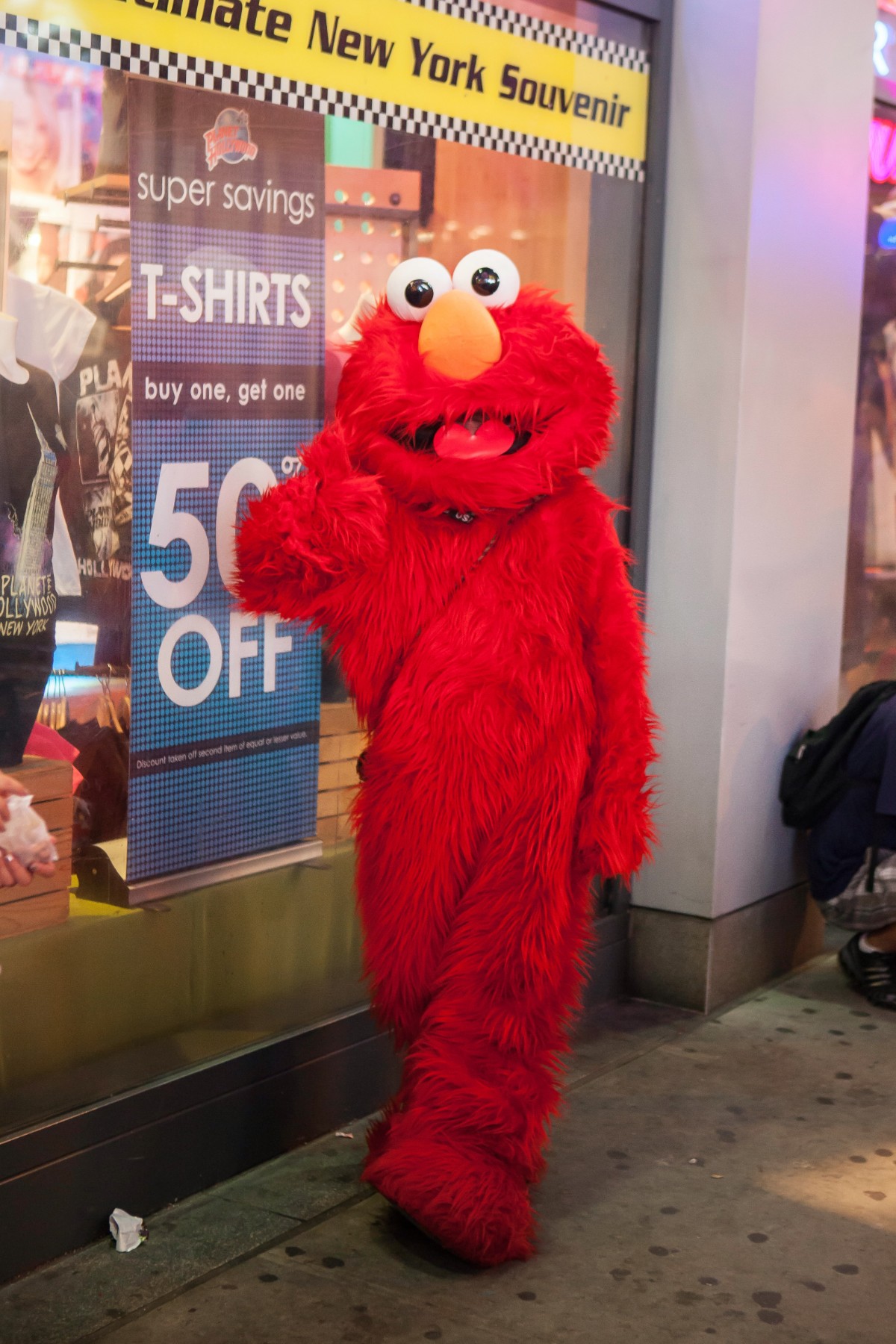
The lights of Times Square are an attraction on their own. Some billboards can take up the side of an entire building and cost upwards of $500,000 a month for advertising. Some even have an implanted camera, allowing you to glimpse yourself on an actual Times Square billboard.
The city also sponsors public art that rotates month-to-month in various locations around Times Square, which is usually good for an interesting selfie. Another must-see photo opp is the TKTS Stairs, which sit at the top of Times Square on 47th Street and offer views all the way down Broadway and 7th Avenue to the south.
New Year’s Eve at Times Square
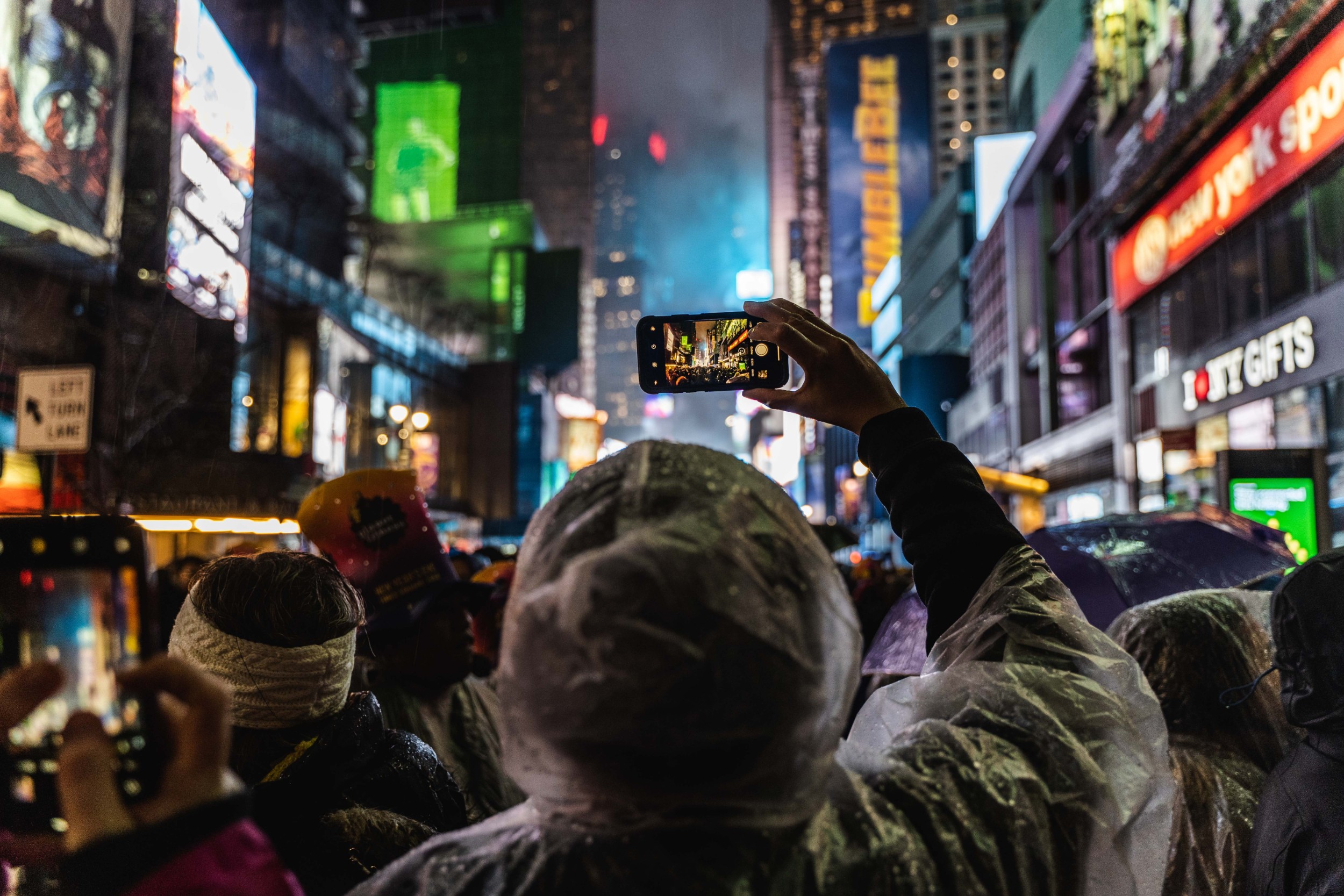
As I mentioned, about a million people pack the five blocks of Times Square on New Year’s Eve, so it isn’t for the faint of heart. I’m not trying to discourage you, but here’s some info you might want to know.
- New Year’s Eve starts early in Times Square. Around 8 a.m. That’s not the earliest I’ve ever had to wake up, but it might not be so easy if you’re coming from a different time zone or halfway around the world. You have to get there early to get a good spot with a view of the ball on top of the old New York Times building.
- Once you’re there, you’re there all day. The NYPD closes off the area, and if you leave, then you can’t get back in. So you’ll be standing around from 8 a.m. to midnight with nowhere else to go. People typically pack food and books. Also, they provide portable restrooms for your convenience, but you’ll be sharing them with a million people.
- Once the clock strikes midnight, it’s a celebration unlike anywhere else in the world. Confetti dusts the entire neighborhood, and some of the most famous celebrities and musical artists usher you into the new year. It’s short-lived, though, because they will direct all 1 million visitors out of the area by 12:30 a.m.
I’ve never personally done it, and I’ve only spoken to one person who actually has, but she said it was a once-in-a-lifetime experience and totally worth it.
Times Square frequently asked questions
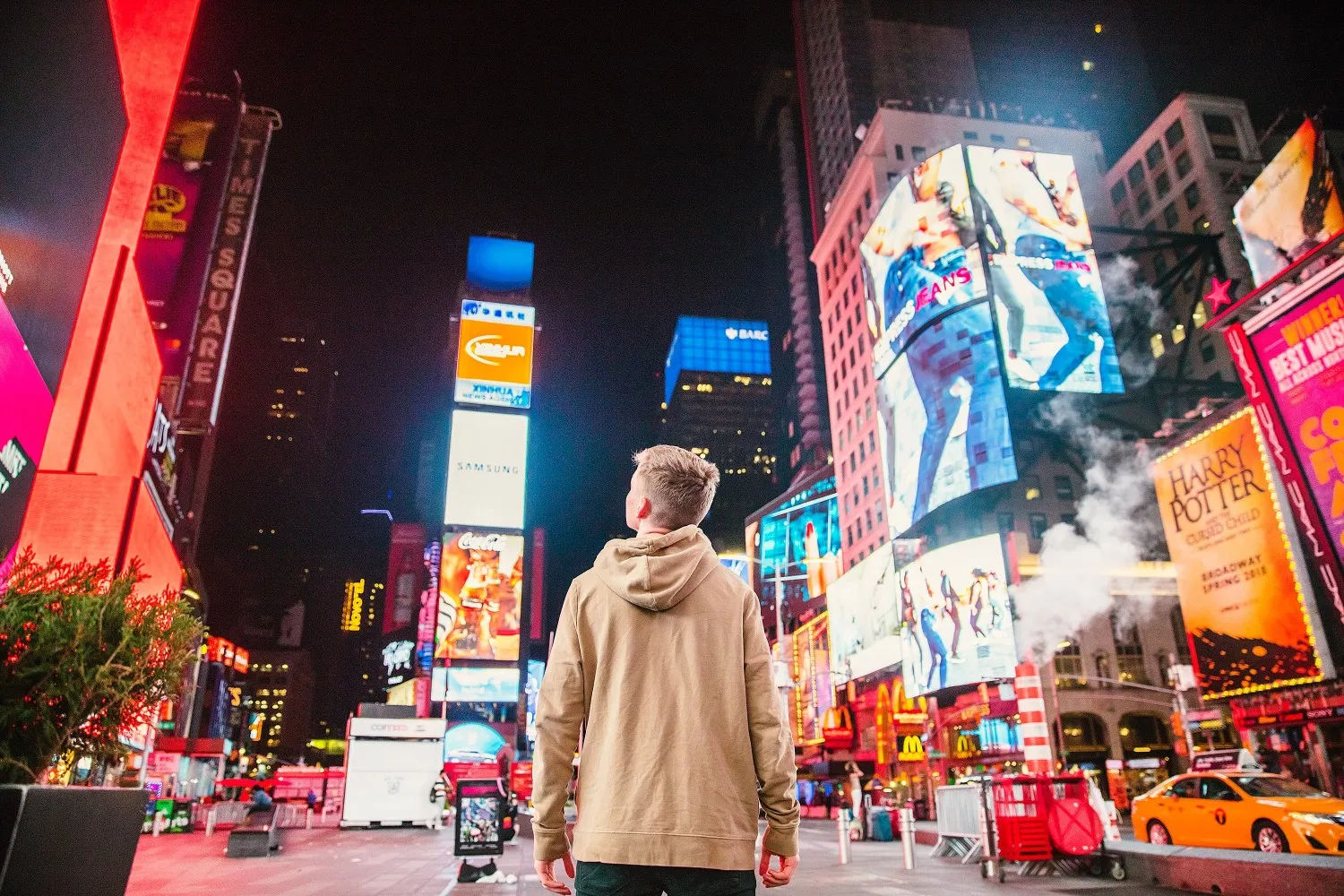
Where is Times Square in NYC?
This is a great question because Times Square is actually a specific area. The official boundaries are 42nd Street to the south and 47th Street to the north and between Broadway and 7th Avenue to the east and west. This can be confusing because the billboards extend much further than that, and the theaters are everywhere, making Times Square look much bigger.
When is the best time to go to Times Square?
This depends on what you want to see. If you want to see it relatively empty and feel like you have Times Square to yourself, go in the early morning or late at night. Most things will be closed, but you can see what it looks like without as many crowds of tourists and office workers.
If you want to see Times Square really showing off for you, visit around 6 p.m. or 7 p.m., right before the Broadway shows start. This is when the lights will seem brightest and the crowds will seem largest. The sidewalks transform into rivers of wide-eyed visitors, admiring the sheer power of what Times Square has to offer.
Where New York City Magic Comes Alive
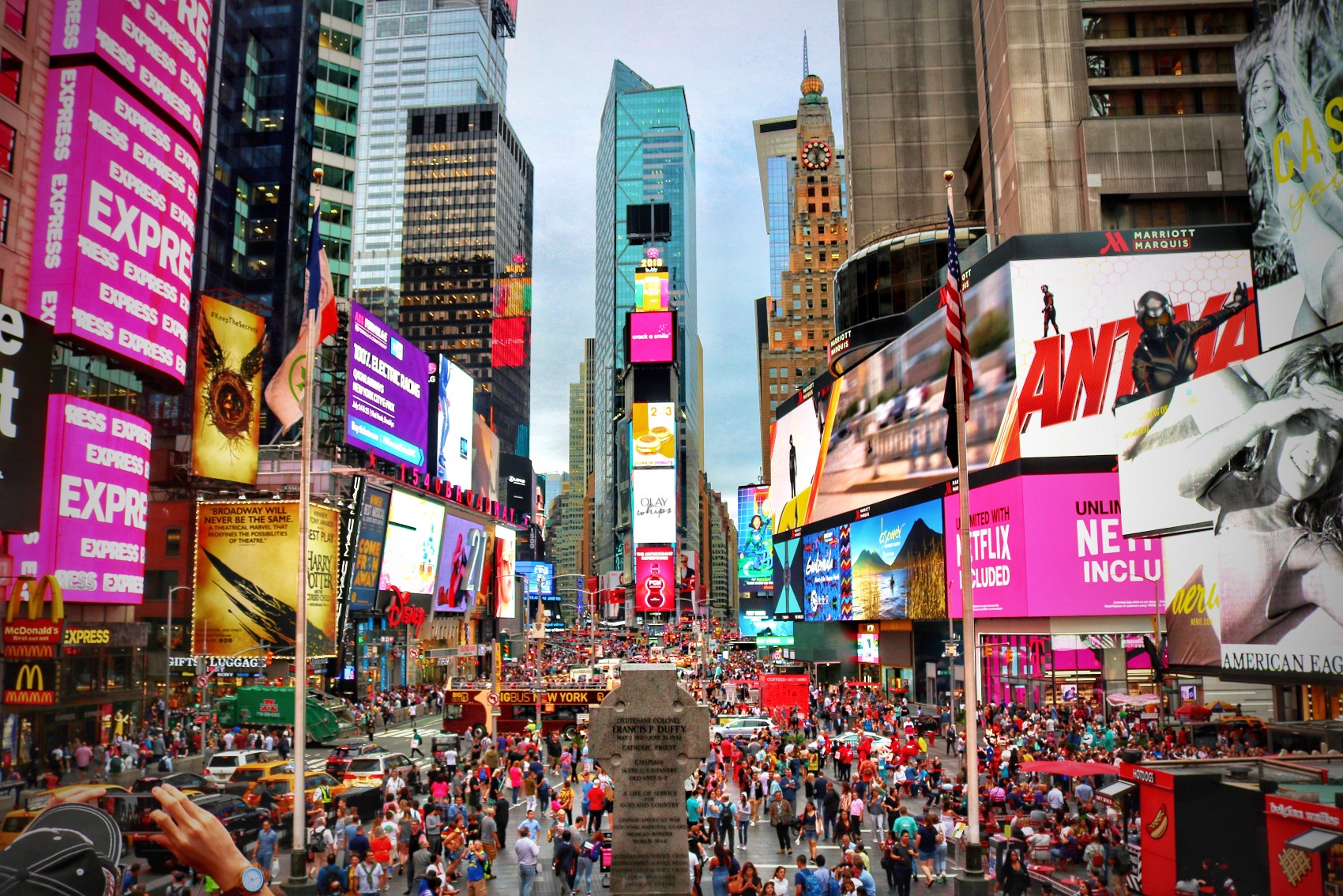
If you dropped someone from the 1970s into Times Square today, they’d tell you it was unrecognizable. It’s wild to imagine that the most vibrant neighborhood in the most vibrant city in the world used to be a dilapidated hub for shady activity. These days kids scamper on the sidewalks, and candy stores invite you in with open doors. Families smile for pictures on the streets, laughing and making memories everywhere you look.
After seven years of visiting practically every day, I’ve become a Times Square pro. A lot of locals avoid Times Square, and they like to throw around terms like “tourist trap.” Well, I’d be happy to stay trapped here. The lights and marquees of Broadway will never cease to inspire me, and every time I walk past the TKTS steps and look south towards the New Year’s Eve ball, it reminds me why I moved here. Sometimes I’ll even pass on of our Broadway tours on my way to see a show, and I love seeing all of the awe-struck faces of people taking it all in for the first time.
For me, Times Square is a place to reconnect with the people and the things that are most important to me. Whether it’s a Broadway show or a family photo on 42nd Street, hopefully it will become that place for you, too. Many NYC tours make Times Square a centerpiece of their itineraries, allowing visitors to experience the electric atmosphere and iconic sights of this world-famous intersection while learning about its rich history and cultural significance.
